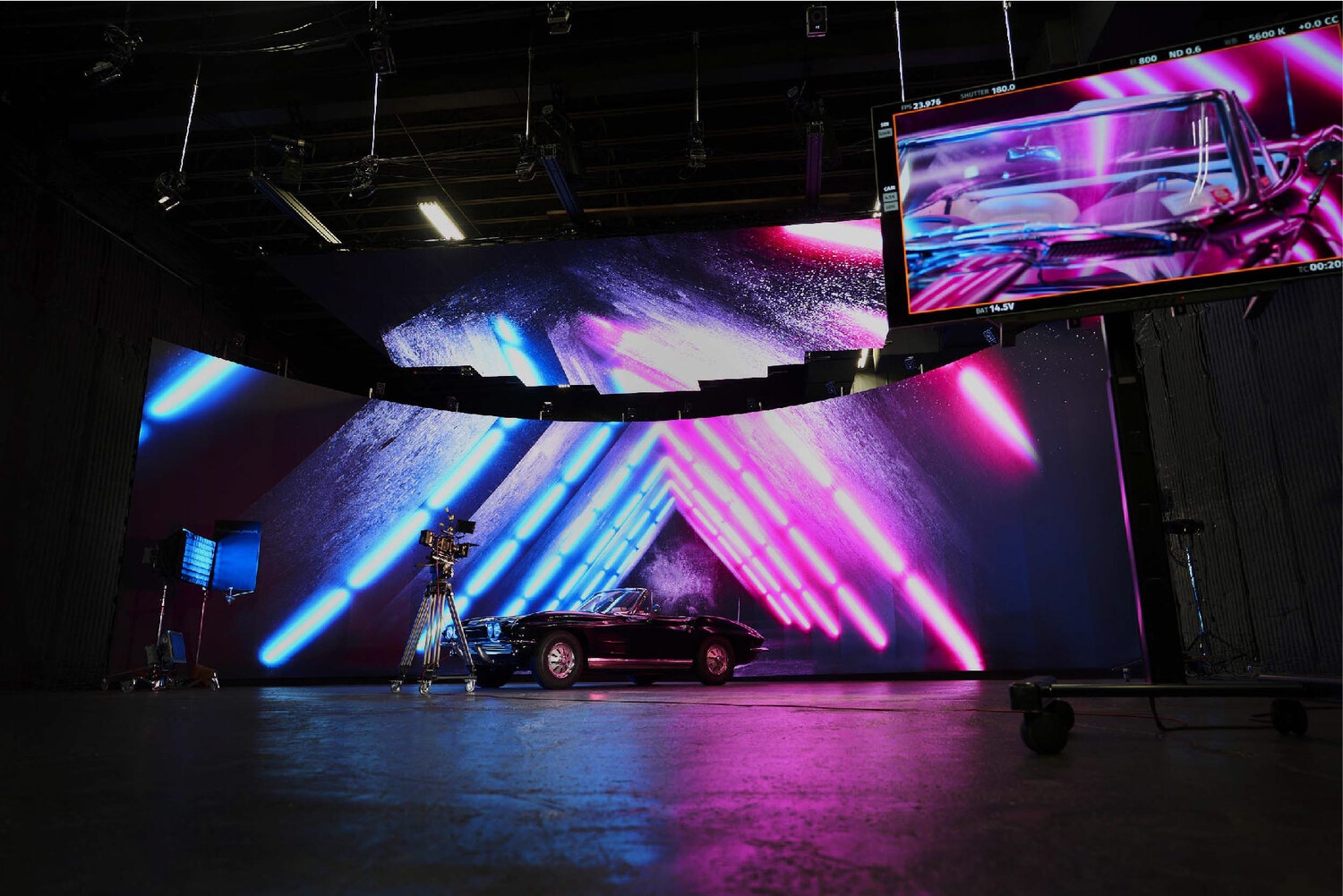Exploring the Wide-ranging Connectivity Solutions Available for LED Display Panels
Exploring the Wide-ranging Connectivity Solutions Available for LED Display Panels
Blog Article
Light Emitting Diode wall panels have gained popularity for their capacity to deliver crisp imagery in multiple settings, from professional environments to entertainment venues. One of the most significant aspects of these panels is their connectivity capabilities, which allow users to connect them to multiple devices and systems. Comprehending the broad input options available for LED wall panels is essential for maximizing their use and effectiveness. This article details these features, highlighting how they can cater to various needs and preferences.
One common interface approach for LED wall panels is High-Definition Multimedia Interface. High-Definition Multimedia Interface is widely known for delivering high-quality video and audio signals between components. This interface type is particularly useful in business environments, such as conference rooms or training rooms, where visual content or video content are often shared. By using HDMI cables, operators can seamlessly link laptops, projectors, and streaming devices to LED wall panels, guaranteeing a sharp and vibrant display of media.
Another commonly used connectivity option is Display Port, which is comparable to High-Definition Multimedia Interface but offers additional advantages. Display Port can support elevated refresh rates and resolutions, making it an excellent choice for gaming or design-heavy applications. For those deploying LED wall panels in environments where output quality is critical, such as esports arenas or design studios, Display Port can provide the required visual quality. Additionally, many modern computers and graphics cards include Display Port connections, making it a convenient option for tech-savvy professionals.
In contrast to HDMI and DisplayPort, wireless transmission methods are becoming increasingly prevalent in Light Emitting Diode wall panel solutions. Wireless connections allow users to transmit content without the requirement for physical cables, enabling a streamlined and more flexible setup. Technologies such as Wi-Fi and short-range communication allow users to link smartphones, tablets, and laptops directly to LED wall panels without cumbersome wires. This versatility is particularly advantageous in fast-paced environments like trade shows or live functions, where rapid adjustments to displays are often needed.
For larger installations or more complex setups, network connectivity through wired networking is another reliable solution. Wired links provide a stable and reliable way to connect multiple LED wall panels within a network. This setup is suitable for electronic see here display use cases found in retail centers or airports, where numerous panels may need to present coordinated content across a broad area. By using Ethernet cables and network switches, users can ensure that all connected panels receive consistent updates and information efficiently.
Lastly, it's important to consider the future of connectivity with advancements such as Universal Serial Bus-C and Thunderbolt Three. These next-generation interfaces offer enhanced data transfer rates and flexibility by allowing one cable to handle both power delivery and data transmission. As more devices adopt these standards, Light Emitting Diode wall panels equipped with Type-C ports will likely become more prevalent. This shift in integration not only improves the capabilities of Luminescent Diode wall panels but also aligns with the growing trend of minimalism in hardware arrangements by minimizing the number of wires needed.
In conclusion, examining the diverse connectivity options available for LED wall panels reveals many possibilities for users across various fields. From traditional methods like HDMI and Display Port to contemporary cordless technologies and LAN setups, each pathway serves unique purposes tailored to specific needs. Additionally, next-gen look at here technologies like Universal Serial Bus-C offer further developments in how users interact with LED wall panels. By understanding these integration alternatives, individuals can make informed selections that optimize their overall engagement with these multifunctional visual solutions.